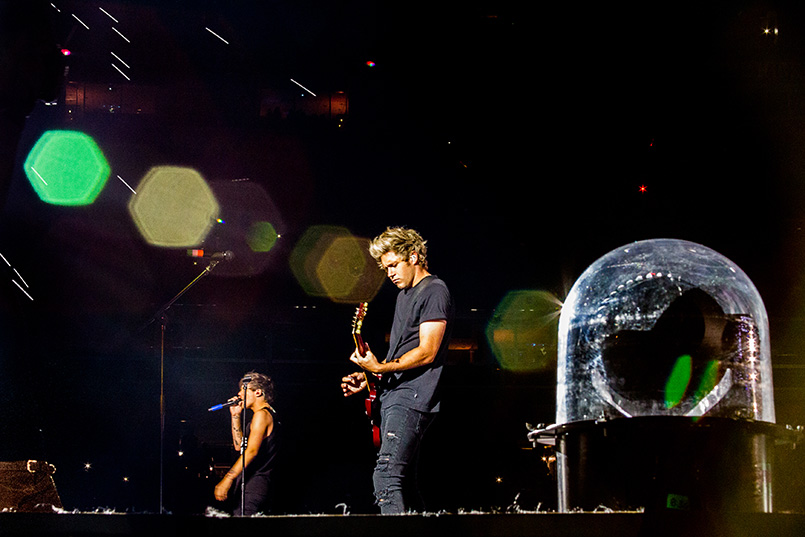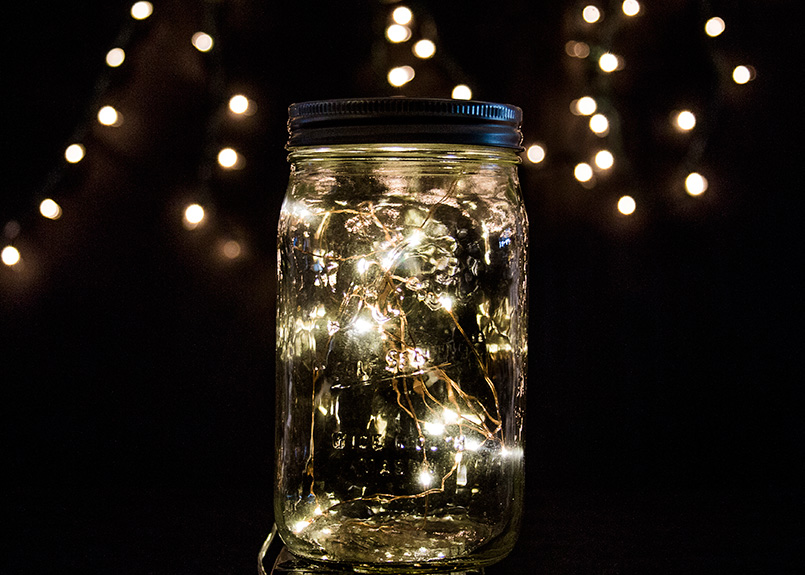Bokeh: Understanding Lenses – Part 3
The first two installments of this three part series discuss types of lenses; explain focal length, background perspective, depth of field, and how to purposely throw your background out of focus. If you follow conversations on online photo boards you have probably heard threads discussing bokeh.
But what is Bokeh and how can you create it?

(c)2015 Megan Mantler
First of all, Bokeh is a Japanese term. It is used to describe the subjective aesthetic quality of out-of-focus areas of a photographic image. All lenses are capable of creating bokeh of some sort. Furthermore, the best examples are created using prime lenses with larger apertures, like f/1.4 and f/1.8.
To create bokeh, use the techniques we previously discussed about throwing your background out of focus. Therefore, using a larger aperture (smaller aperture numbers like f2.8, f1.8 and f1.4 create the best results) to create shallow depth of field to create the bokeh effect in your backgrounds!

(c)2016 Megan Mantler
Three simple steps to creating a Bokeh effect with lenses:
- Place your subject as far as you can from the background you want to blur
- Now get as close to your subject as your lens will allow and focus on what you want to have sharp
- Finally, select a larger aperture like f/1.4, f/1.8 or f /2.8
Bokeh is most noticeable when there is light in the background. As a result, the images above display how the light source, emanating from in front of the lens, dramatically enhanced the effect. However, not all bokeh effects are created in this manner. In the portrait seen below, bokeh is created by the brightest illuminated areas (hot spots) in the background.

(C)2014 Jeffrey H Mantler / Larmon Studios
After reading all three segments on lenses, it is easy to conclude how focal length and depth of field play a huge role in creating visual effect to tell the story you desire. Photography is defined as painting with light; therefore, a solid understanding of light and lenses are essential to your success.
To learn more about lenses and how to control them to create the effects you want, you can sign up for one-on-one classes with Larmon’s PPA Master of Photography and Photographic Craftsman at Larmon U. For more information call Larmon at (215) 887-1248.

Comments
Bokeh: Understanding Lenses – Part 3 — No Comments